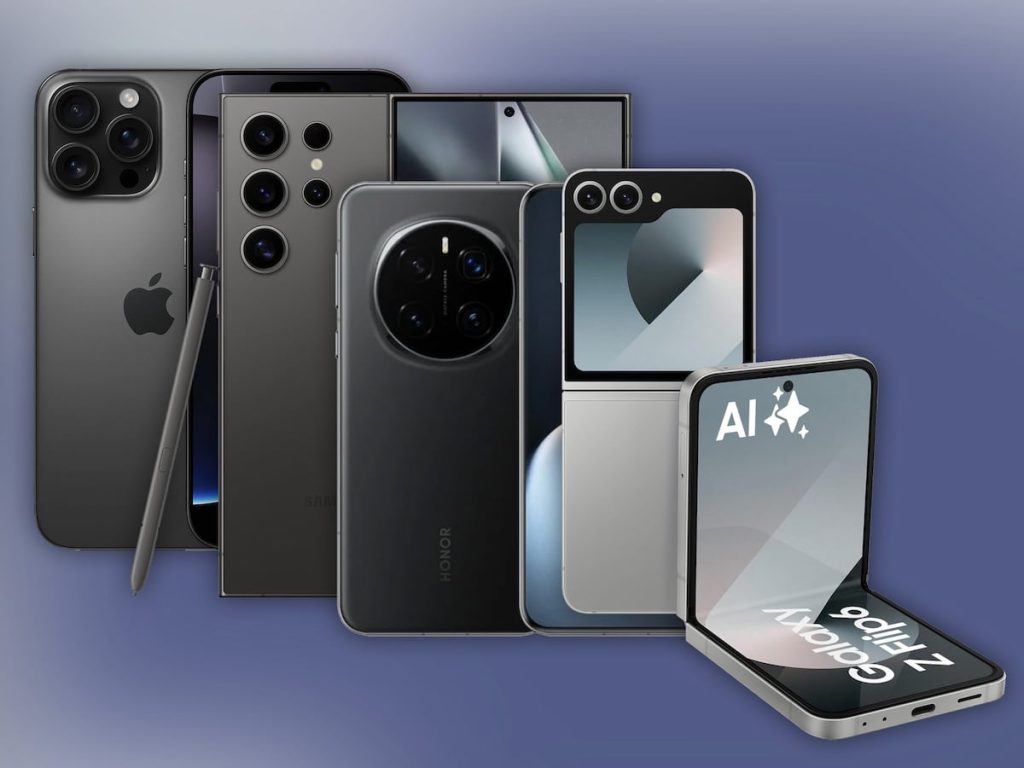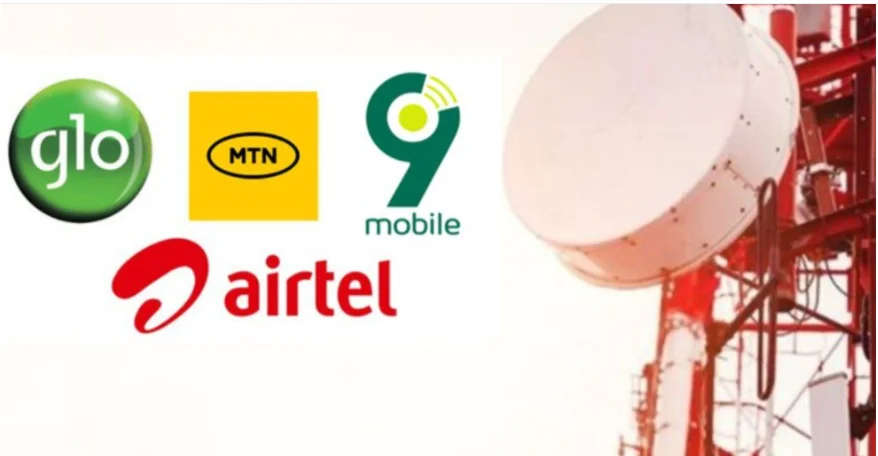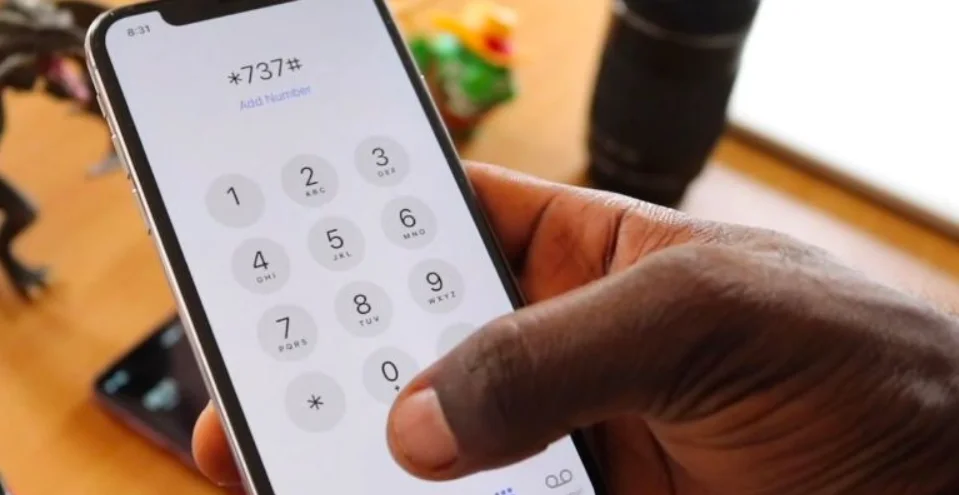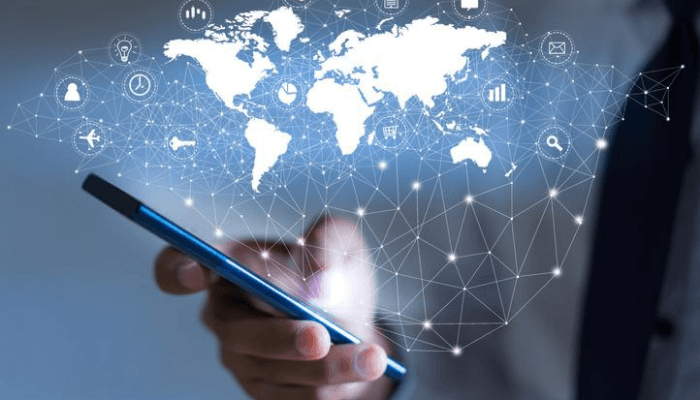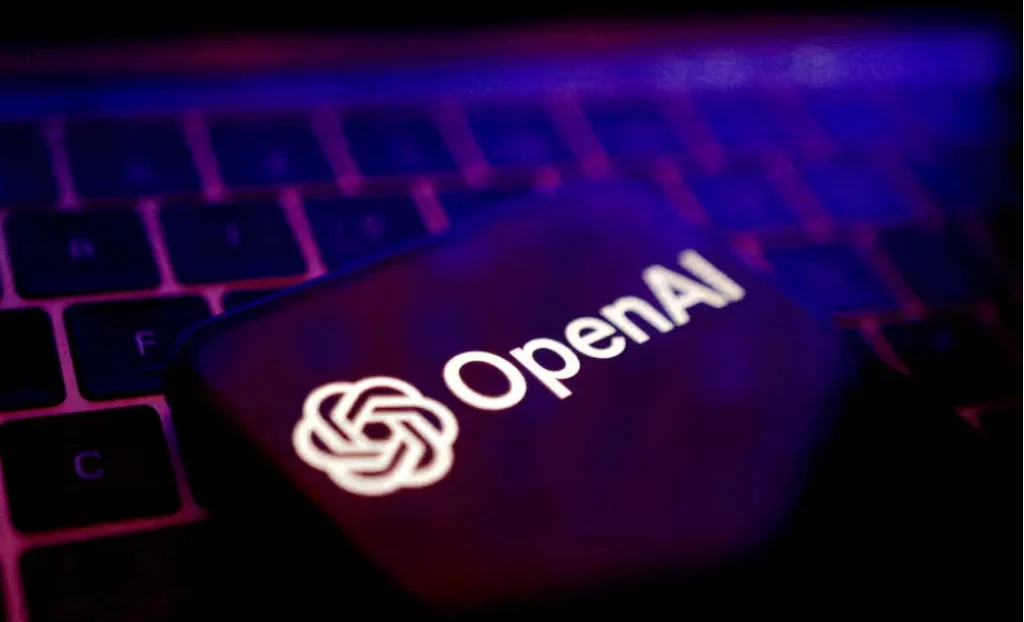8 Brands That Imitate Apple’s Design: iPhone, MacBook, and iPad Lookalikes
Apple has never just sold gadgets — it has sold a lifestyle. For over a decade, the iPhone, MacBook, iPad, AirPods, and Apple Watch have defined what modern tech design should look and feel like. From slim aluminum bodies and glossy glass backs to rounded corners and minimalist aesthetics, Apple’s design language has become the gold standard.
But as iconic as Apple’s products are, many brands have borrowed from that same design playbook. Today, it’s common to find phones, laptops, and tablets that could easily be mistaken for Apple devices — until you look a little closer.
Let’s explore 8 brands that imitate Apple’s design, and see how they measure up to the originals.
Phones That Look Like iPhones
1. Xiaomi 17 Pro Max vs iPhone 17 Pro Max
The Xiaomi 17 Pro Max immediately gives off iPhone vibes, flat aluminum edges, smooth corners, and a camera bump layout that looks nearly identical to the iPhone 17 Pro Max.
However, Xiaomi adds its own twist. It offers super-fast charging, high-megapixel cameras, and affordable pricing, features Apple often takes a slower approach to adopt. For users searching for a cheap iPhone alternative, Xiaomi provides the look and performance without the hefty price tag.
2. Huawei P60 Series vs iPhone Xs Max
The Huawei P60 Pro mirrors Apple’s design with glossy backs, slim bezels, and a camera module reminiscent of the iPhone Xs Max. At first glance, it could pass as an Apple device.
Where Huawei stands out is in software and experimentation. Its HarmonyOS, periscope cameras, and focus on AI integration bring a unique identity. It’s Apple-inspired, yes — but Huawei’s design philosophy is about evolving beyond imitation.
3. Oppo Reno 13 Series vs iPhone 12
The Oppo Reno 13 series follows Apple’s design closely, with notched displays, button placements, and camera alignment strikingly similar to the iPhone 12.
That said, Oppo differentiates itself with bold color gradients, foldable experiments, and youthful aesthetics. The iPhone’s design may be the blueprint, but Oppo’s playful approach gives it a distinct charm.
4. Tecno and Infinix iPhone Clones
In Nigeria and across Africa, Tecno and Infinix are perhaps the most visible brands mimicking Apple’s design. Many of their flagship phones feature camera modules modelled after the iPhone Pro Max series.
The difference lies in materials and pricing. While Apple uses premium aluminum and glass, Tecno and Infinix rely on plastic builds and custom Android skins, resulting in budget-friendly iPhone lookalikes that appeal to price-conscious users.
Laptops Inspired by MacBooks
5. Huawei MateBook vs MacBook Air/Pro
The Huawei MateBook X Pro could easily pass for a MacBook Air. With its aluminum unibody, minimal bezels, and large glass trackpad, the resemblance is undeniable.
However, Huawei’s laptops often include more ports, sharper displays, and competitive prices. For anyone looking for a MacBook copycat laptop running Windows, the MateBook remains a top pick.
6. Xiaomi Mi Notebook and RedmiBook vs MacBook Pro
The Xiaomi Mi Notebook and RedmiBook lines are clear tributes to Apple’s minimalist MacBook design. Their slim metallic frames, understated logos, and lightweight builds make them easy to confuse with Apple laptops.
But Xiaomi’s laptops differ in one key way: affordability. With Intel or AMD processors and Windows OS, they cater to students and professionals who want MacBook aesthetics without the Apple price.
Tablets That Look Like iPads
7. Huawei MatePad Pro vs iPad Air
The Huawei MatePad Pro takes more than a few cues from the iPad Air — from its flat aluminum body and slim bezels to its magnetic stylus attachment.
The main difference? Huawei’s HarmonyOS allows multi-screen collaboration with other Huawei devices. It’s a fresh spin on the Apple ecosystem approach, giving users flexibility without being tied to iOS or macOS.
8. Xiaomi Pad 6 vs iPad Pro
The Xiaomi Pad 6 is one of the most convincing iPad lookalikes on the market. With its flat frame, centred rear camera, and large high-resolution display, it could easily be mistaken for an iPad Pro.
Yet Xiaomi keeps things interesting with Android-powered flexibility, high refresh rates, and a lower price point. It offers the iPad experience without the Apple premium, appealing to value-driven users.
Why Do Brands Copy Apple’s Design?
There are two main reasons: prestige and practicality. Apple’s products symbolise innovation and status. By mimicking Apple’s design language, competitors instantly gain recognition and consumer trust.
At the same time, the Apple aesthetic simply works, it’s ergonomic, elegant, and timeless. Brands borrow it because it helps devices sell faster and appeal to a wider audience.
Still, Apple stays ahead thanks to its seamless ecosystem. From iPhones and iPads to MacBooks and AirPods, everything connects effortlessly, something competitors still struggle to match.
Inspiration or Imitation?
From iPhone lookalikes to MacBook copycats, Apple’s influence dominates the tech world. While many brands imitate Apple’s style, only a few manage to combine inspiration with innovation.
In the end, imitation may be flattering, but Apple remains the original trendsetter. Copycats might thrive — but Apple continues to define what “premium” means in modern technology.

